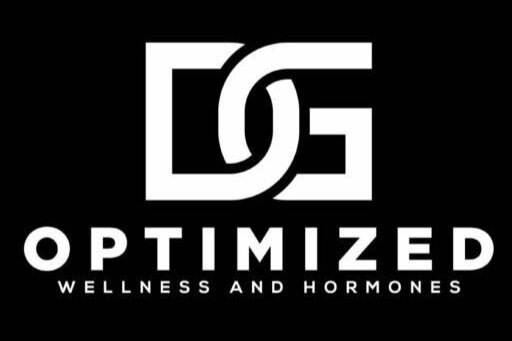Journey into the intersection of hormonal therapies and bone health.
In the realm of medical research, some intriguing findings have emerged surrounding the efficacy of hormone therapies in improving bone mineral density (BMD) and reducing the risk of fractures in postmenopausal women. Especially when it comes to estrogen therapies, their positive influence on BMD cannot be overstated. Let's dive deep into the significance of these findings.
Estrogen's Role in Bone Health
Historically, estrogen therapies have been the go-to treatment for boosting BMD and decreasing fracture risks. Notably, specific therapies involving Estradiol (E2) and testosterone (T) using pellet forms have displayed remarkable results in enhancing BMD. But as with every coin, there's another side to this: estrogen therapies also have their set of potential adverse effects, including vaginal bleeding, bloating, breast tenderness, and fibroid enlargement.
In light of these concerns, recent trends are shifting towards a therapy involving testosterone with minimal or no E2. This approach primarily focuses on reducing the side effects associated with estrogen while harnessing the benefits of testosterone. It's pertinent to note here that testosterone pellets have displayed potential in improving climacteric symptoms and sexual health. However, how it impacts BMD in the light of minimal E2 is a subject demanding more clarity.
Why is This Study Crucial?
Postmenopausal women are at a well-established risk of developing osteoporosis. This condition, characterized by fragile bones, puts them at a heightened risk of vertebral and non-vertebral fractures. And while the role of hormone therapy in mitigating these risks is known, there's been a veil of controversy surrounding it. This is largely due to the misrepresented results from the Women's Health Initiative (WHI) Study in 2002, which led to a continuous rise in hip fractures' incidence.
To appreciate the study's importance, we must understand that both estrogen and testosterone play a synergistic and multifaceted role in bone health. The conversion of testosterone to estradiol via an enzyme called aromatase happens in various sites, including the bone. Testosterone's relevance isn't limited to men; it's equally vital for women, influencing their physical and mental health, bone density, sleep quality, sexual function, and overall quality of life.
Insights from the Study
This specific study explored the BMD in 35 postmenopausal women, aged between 53 to 84 years, all of whom were on low-dose E2/T pellet therapy. These pellets were administered every 3 to 5 months. The study aimed to compare the effects of minimal or no E2 against low E2 on BMD.
The results? Exceptionally promising. All participants saw either a halt in bone loss or an improvement in BMD. Those on low-dose E2 experienced more significant improvements in spine BMD than those on minimal or no E2.
The Takeaway
The shadow cast by the WHI trial had long left the potential of hormones in treating osteoporosis underexplored. However, as this study has shown, testosterone pellet therapy, either alone or coupled with low-dose E2 pellet therapy, can bring about substantial improvements in BMD. Furthermore, little to no E2 exposure considerably reduces side effects, and testosterone offers a holistic treatment approach, enhancing climacteric symptoms and sexual health in postmenopausal women.
In a world where osteoporosis continues to be a looming health concern for many, these findings shed light on the profound potential of testosterone and estradiol therapies. As science continues to evolve and adapt, such research provides hope for more comprehensive, multifaceted treatment options for women worldwide.
Frazzetta, G. 2023. Effect of Testosterone Pellet Therapy on Bone Mineral Density in Postmenopausal Women, Journal of Clinical Densitometry. 26(3). 101392, ISSN 1094-6950, https://doi.org/10.1016/j.jocd.2023.101392.
While this study shows the promise of testosterone in prevention of osteoporosis it also shows how important estradiol is in solidifying this process. We wanted to clarify that the testosterone delivery method will not matter. Additionally, what we are struggling with is a lack of interest reference to progesterone as a means of balancing estrogen's "side" effects, as these effects are held in balance when progesterone is supplemented. We suspect that the concern lies in progestin use leading to cancer and clot formation rather simply using a bio-identical hormone progesterone replacement approach to balance the side effects with estradiol. Regardless, this adds to the mountain of evidence showing benefit with both testosterone and estradiol with regard to bone health and staving off and even improving bone development as we get older. Jason & Rita...aka Dr. De Leon and Dr. Gillespie.
